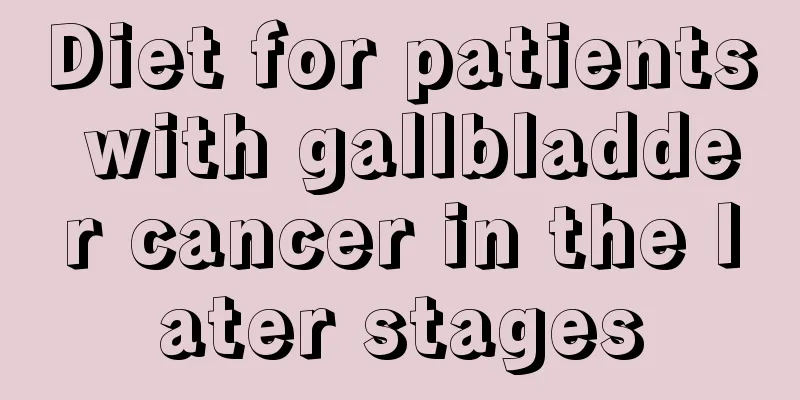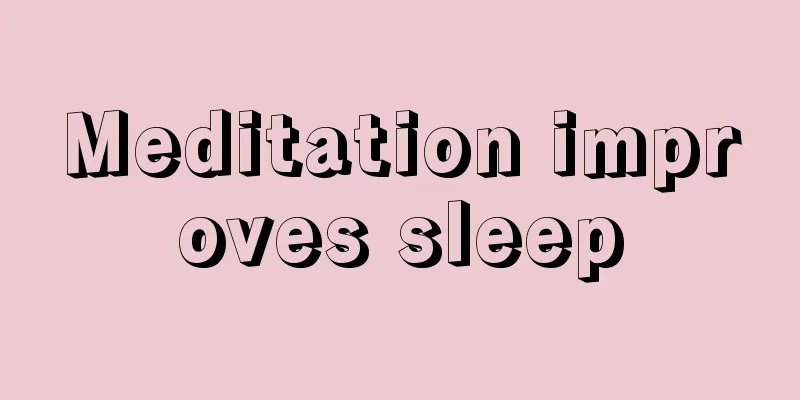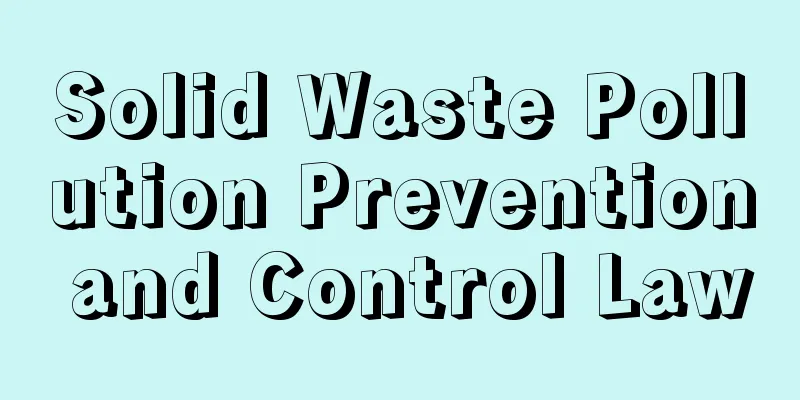What are the treatments for prostate cancer

|
In recent years, prostate cancer has become one of the major diseases that endangers society and human health, and it has brought great pain and distress to humans. In order to reduce the incidence of prostate cancer, we humans should master the treatment methods of prostate cancer: (I) Radical prostatectomy is mainly suitable for patients whose prostate cancer is confined to the prostate, but those who have not invaded the seminal vesicles and lymph nodes can achieve long-term survival after radical surgery. In the past, transperineal prostatectomy was commonly used, but in recent years, retropubic radical prostatectomy has been widely used. Complications of prostate cancer surgery include: impotence, complete urinary incontinence, stress urinary incontinence, and vertical injury. Urethral bladder anastomosis stenosis also has complications such as incision infection, thromboembolism, and lymphedema. The surgical mortality rate of radical prostatectomy is 1% to 5%. The most widely used surgery is "nerve-sparing radical prostatectomy". (II) Radiotherapy: 80% to 90% of external irradiation can control prostate cancer in stages A and B. Failure is often due to metastasis, 10% due to ineffective local irradiation, and 25% to 30% due to both distant metastasis and local ineffectiveness. 70% of those who received radiotherapy survived within 24 months. The 5-year tumor-free survival rate was as high as 80% in stage B and 56% in stage C. Statistics show that patients with tumor invasion of the rectum, bladder, pelvic wall, and ureter have survived cancer-free for more than 3 years. Radiotherapy can relieve metastatic bone pain. Complications of radiotherapy: Acute gastrointestinal reactions account for 30% to 40%, often occurring in the fourth week, including diarrhea, rectal discomfort, and tenesmus; about 5% stop treatment as a result. Chronic gastrointestinal complications include chronic diarrhea, rectal ulcers, stenosis, and fistulas account for 12%, and urinary complications include frequent urination, dysuria, and hematuria. There are reports that it can also cause urethral stenosis, urinary incontinence, and edema of the vulva and lower limbs, impotence, etc. (III) Endocrine therapy The normal metabolic function of prostate cells depends on androgens, which are converted into dihydrotestosterone in the prostate. 90% of testosterone is produced from the testicles. In the blood circulation, 57% of testosterone is bound to sex steroid binding globulin, 40% is bound to albumin, and only 3% is free functional testosterone, which enters the prostate cytoplasm and becomes dihydrotestosterone. It then binds to receptors to form a complex and enters the cell nucleus, binding to the DNA in nuclear chromatin; the activated DNA produces mRNA, which becomes the code for prostate cell proteins, which is extremely important for its metabolism. The cells in the prostate have different reliance on androgens, and most cancer cells rely on androgens. Endocrine therapy can directly remove androgens to inhibit their growth. The more the prostate resembles prostate cells, the more it relies on androgens. Undifferentiated carcinomas and ductal carcinomas often do not rely on androgens, and endocrine therapy is ineffective. The adrenal glands secrete androstenedione and dehydroisoandrostenone. In recent years, it has been believed that these androgens have little relationship with the occurrence and development of prostate cancer. (IV) Orchiectomy Orchiectomy can reduce serum testosterone from 500ng/dI to 50ng/dl, thereby effectively blocking the metabolism of most androgen-dependent prostate cancers and causing cancer regression. After orchiectomy, paroxysmal fever, sweating, impotence, etc. may occur. (V) Estrogen, both natural and synthetic, can reduce testosterone levels through the pituitary-gonadal axis, inhibit the release of the pituitary gonadotropin luteinizing hormone (LH), and can also increase sex steroid binding globulin, reduce testosterone synthesis in the testicles, increase pituitary prolactin secretion, and reduce DNA synthesis in prostate cells. Ethylestradiol is commonly used at 1 mg to 2 mg per month, which can increase testosterone to the level required for testicular removal. It has complications on the cardiovascular system. Continuous use of estrogen for more than two years will cause testicular removal that is irreversible. (VI) Anti-androgen drugs: Their main function is to prevent androgens from acting on target cells and inhibit DNA synthesis in prostate cell nuclei. The above is the treatment method for prostate cancer. Expert Tip: If you have symptoms of disease, do not delay diagnosis and go to a regular hospital for treatment in time to avoid delaying the disease and causing serious consequences. If you have other questions, please consult our online experts or call for consultation. Prostate cancer http://www..com.cn/zhongliu/qlx/ |
<<: Nosebleeds may cause nasopharyngeal cancer
>>: What should I do if bladder cancer metastasizes?
Recommend
Will eating too fast give me stomachache? What to do
Eating is a necessary thing. Eating is already ve...
What is the treatment time and method for kidney deficiency?
When facing the problem of kidney deficiency, pat...
Does lung cancer cause cough all the time or occasionally?
Does lung cancer cause cough all the time or occa...
What should I do if I have a scar constitution
People with scar-prone constitution will easily b...
How to remove rust from an iron pan?
The iron pan is one of the kitchen utensils that ...
Why does my tooth hurt after drinking alcohol?
Drinking is an increasingly common social behavio...
There are ulcers on the gums. So this is what's going on
Many people will experience ulcers on their gums....
What are the functions of flat stone scraping board
Gua Sha is a commonly used treatment method in cl...
What is CST antibody
I believe many people don’t know what CST antibod...
How to diagnose pituitary tumor
Since many families have only one child and the f...
What are the methods to remove goose bumps?
Goose bumps on the skin are the most disturbing t...
The reason why I always feel hungry
Hunger is a common symptom. Generally, if we have...
Will perming cause hair loss?
Hair dyeing and perming are relatively common hai...
What causes chest tightness and shortness of breath?
If you experience chest tightness and shortness o...
The difference between abortion and painless abortion
The main difference between surgical abortion and...









